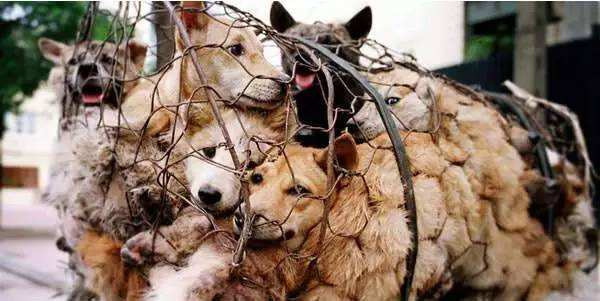
中国和韩国的狗粮:狗肉消费的实际情况:国际人道协会
-中国是狗肉的第一大消费国-
狗肉消费:
消耗狗肉最多的国家是中国。
国际动物保护组织
国际人道协会 (HSI)
在中国
每年1000万只狗
屠宰为食。
在广西省榆林市,每年都会举行非正式的“狗肉节”。
它是世界水平的三分之一。
越南紧随其后。
亚洲自然保护联盟(ACPA):
越南
越南每年屠宰的狗肉量已达500万只。
朝鲜
以韩国为例,狗肉屠宰量稳步下降,目前估计不到100万只。
韩国狗肉规定:
韩国似乎是“狗肉”之乡的原因是
这是因为恶劣的养殖环境引起了人们的注意。
怎么样,韩国并没有受到狗屠宰场法的监管。
恒指主页:
他特别指出,“狗是在韩国恶劣的环境中长大的。”
哇!韩国
https://www.wowkorea.jp/news/Korea/2021/1010/10318206.html
Dog meat trade facts:
Our Chinese partner activists
work all year round to rescue thousands of dogs and cats from the meat trade.
Whether crammed onto trucks
—where they endure dehydration, starvation, broken limbs, shock and disease—
or huddled in the corner of a filthy slaughterhouse, our activist partners are these animals’ last hope.
In South Korea, dogs are killed by electrocution; elsewhere, they are usually bludgeoned, hanged or more rarely, boiled alive.
Across Asia, there is increasingly vocal local opposition to this trade due to cruelty, criminality and human health concerns. Dog meat is mainly, but not exclusively, eaten by older, male consumers under the misapprehension of health benefits.
In South Korea and China, most people don’t eat dogs, but there are hot spots and times of year when and where consumption increases.
In South Korea, more dog meat is consumed during Bok Nal (the hottest days in summer) than at other times of the year.
In China, there is increased consumption in “hotspot” provinces such as Guangdong, Yunnan, Guangxi (where the infamous Yulin dog meat festival takes place), Jilin and Liaoning.
The World Health Organization warns that the trade, slaughter and consumption of dogs poses human health risks from trichinellosis, cholera and rabies.
Dog meat bans exist in Hong Kong, the Philippines, Taiwan, Thailand and Singapore; most recently, Indonesia pledged support for a ban.
Humane Society International
https://www.hsi.org/issues/dog-meat-trade/